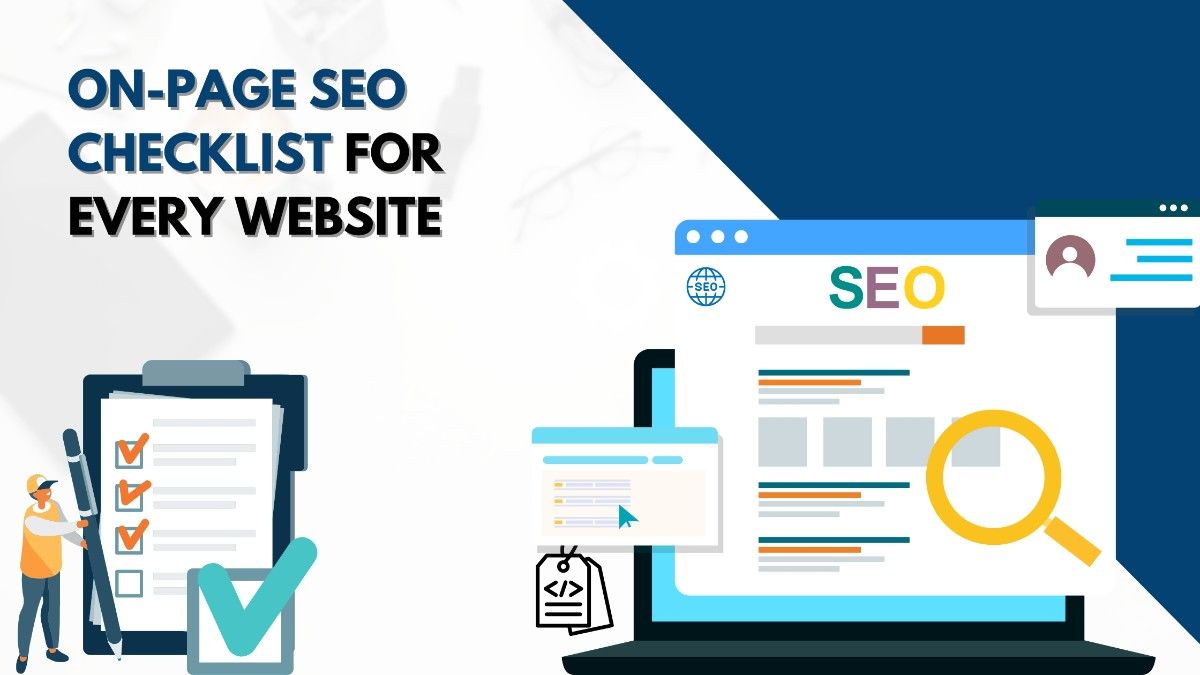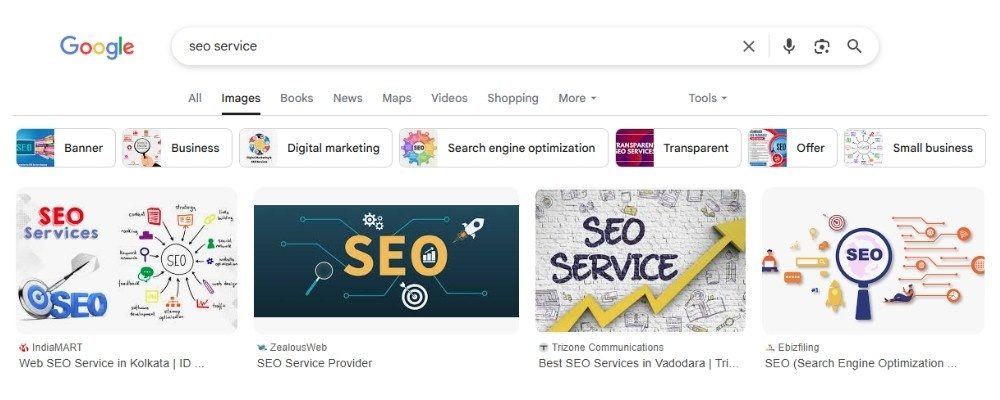
If you have a small website and want more people to find it, learning a bit about SEO can really help. Do not worry it doesn’t have to be complicated.
The first step is sticking to an on page SEO checklist.. This means making small changes to each page on your site so search engines (like Google) understand what it’s about. Better understanding = better rankings. In this post, we will walk you through the basics, step by step.Let’s dive in and make your site work a little harder for you.
What is On Page SEO Checklist.
An on page SEO checklist helps you make sure your website pages are set up in a way that both users and search engines can understand. It is like a to-do list for improving content, structure, and tags on your page.
- It includes things like page titles, headings, content quality, and internal linking.
- Regularly checking your on page SEO helps you spot little things you might miss.
Optimize Your Page Title.

Your page title, also called a title tag is the bit that shows up as the clickable link when someone sees your site in search results. It’s among the initial things that individuals (and search engines) see on your page.
- A good title helps search engines figure out what your page is about and can boost your chances of showing up higher in search results.
- It also assists individuals to determine whether they want to click on your link or not.
- Quick tip: Add your main keyword, keep it under 60 characters, and make sure it’s easy to read.
Write a Clear and Relevant Meta Description.

That short piece of text you see under the title in Google search is called a meta description.. It provides a brief overview of the content of your page.
- It might not affect your rankings directly, but it definitely plays a role in whether someone clicks on your link or not.
- Keep it short (under 160 characters), use keywords naturally, and include a small call to action like “Learn more” or “Find out how.”
Use Proper Heading Tags (H1, H2, H3...).
Headings help break up your content so it is easy to read, for both people and search engines. Think of them like signposts that guide the reader through your page.
- Use H1 for your main title just one time . It tells search engines what is your page content mainly about.
- Use H2 and H3 for subtopics or sections.
- A clear heading structure improves both SEO and user experience. It is a key part of any on page SEO checklist.
Optimize Image File Names and Alt Text.

Images are also impact your SEO. If they are done right, they can help your content show up in image search too.
- Name your image files clearly. Something like “blue-running-shoes.jpg” is way better than “IMG001.jpg”.
- Always include alt text. It helps with accessibility and adds keyword context for search engines.
- Image optimization often gets skipped, but it really deserves a spot on your on page SEO checklist.
Improve Internal Linking and URL Structure.
Good internal links help people (and search engines) explore your site more easily. And clean URLs? They just make everything look clean and neat.
- Linking to other useful pages on your site helps people stick around and explore more about your website.
- Keep URLs short, readable, and focused on keywords, like example.com/seo-tips.
- Avoid symbols or numbers in your links and keep in mind internal link must be on your on page seo checklist.
Conclusion.
following an on page SEO checklist is among the wisest things to follow in increasing your website visibility. Whether it is the correct use of headings, optimization of images and internal links, all these little things contribute to a positive experience of users and search engines.. And the best part?You don’t have to sort out all this by yourself.
If you need help in SEO or any other digital marketing services, contact Digihertz your trusted digital marketing partner in Chennai. We are here to guide and make sure your website gets the attention it deserves.





